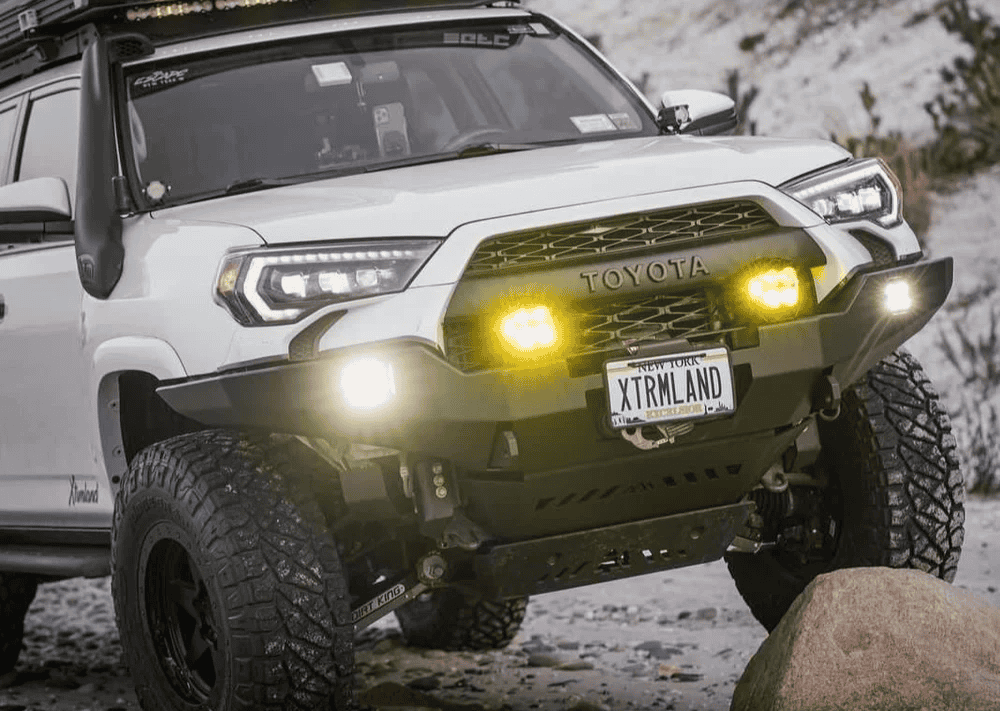Overland Vehicles

Baja rewards travelers who connect the peninsula’s varied zones rather than chasing a straight line. Many start at Mexicali or Tecate to avoid big city congestion, then drop toward San Felipe and the Sea of Cortez for calmer water, warmer nights, and camp friendly coves. From Puertecitos to Gonzaga Bay, the coastline offers sandy pullouts and tidal flats that demand low pressures and patient driving. South of Gonzaga, the track through Coco’s Corner links to Highway 1, opening options toward Bahía de los Ángeles, Cataviña’s granite boulder gardens, and the wide spaces of Valle de los Cirios.
A popular arc runs Mexicali to San Felipe, Puertecitos, Gonzaga Bay, Calamajué wash, and onward to Bahía de los Ángeles. Farther south, rejoin pavement to cross the Vizcaíno Desert toward San Ignacio’s palm oasis. Continue to Bahía Concepción for beach camps like Santispac, El Coyote, and Requesón, each with different wind exposure and services. This string of segments balances dirt and pavement, letting you adjust based on weather, tides, and fuel.
Time your trip for stable weather and mild temperatures. Peak season runs roughly November through April, with cooler nights, less hurricane risk, and clearer windows for long dirt sections. Summer can be brutally hot inland, with tropical systems possible from late summer into fall. Winter winds can whistle down the Sea of Cortez, while the Pacific side often stays cooler with morning marine layers. Always check recent track conditions from reliable sources before committing to long off pavement stretches.
Baja’s terrain mixes silt beds, lava rock, caliche, and endless corrugations. For sand, air down methodically and carry a quality gauge, compressor, and traction boards. Washboard rewards steady speeds and compliant suspension more than raw pace. Keep a long handled shovel, soft shackles, and a rated recovery strap at the ready. Never straddle dried ruts if moisture lingers beneath the crust, especially after storms, and avoid arroyos if any chance of upstream rain exists.
Border formalities are simple when you follow the steps. Obtain an FMM tourist card at the border and purchase Mexican auto insurance in advance or at the crossing. Keep copies of documents and receipts together for checkpoints. Military and police checkpoints are professional and routine, so roll up calmly, answer clearly, and keep valuables out of sight. Do not drive at night, since livestock and unexpected hazards can appear without warning.
Map fuel stops using station clusters rather than single points, especially in northern Gulf segments and between Cataviña and Guerrero Negro. Carry extra fuel if your range is limited, and refill whenever the gauge allows. Water resupply is easier near larger towns, but carry enough for at least forty eight hours in remote stretches. Baja National Park entries, such as Sierra de San Pedro Mártir, may require small fees. Respect closures, private ranches, and the coastline’s turtle nesting areas.
Offline maps are non negotiable, since cell coverage drops quickly off the highway. Layer satellite imagery with topographic tracks and verified points of interest, then navigate at a pace that leaves time before dark to find camp. Choose already disturbed sites near the high tide line on the Gulf and above the storm wrack on the Pacific. If choosing a rancho campsite, ask permission, offer a small fee, and keep a low profile. Pack out all waste and leave the site cleaner than you found it.
A satellite communicator shines in Baja for check ins and emergencies. Handheld radios help groups on tight tracks and during beach approaches. Learn basic Spanish greetings and be generous with patience. Buying supplies from small tiendas and ranchos along your route keeps goodwill strong and your trip richer. When whale season peaks around San Ignacio and Guerrero Negro, plan a layover for a licensed panga tour and a reset day.
If your plan includes deep sand, long washboard, and multi day camps, your vehicle setup matters as much as the map. Suspension tuned for corrugations, reliable power for fridges and lights, thoughtful storage, and secure recovery mounts extend your reach and comfort. If you want a professionally prepared rig that suits real peninsula travel, explore our overland rigs to see how we approach range, ride quality, and camp systems. For tailored gear and layout planning that fits your itinerary, check out our custom overland upfit. Curious about our process and how we hand off capable vehicles with clear instruction, visit why choose OZK Customs.
You bring the dream route, from Gonzaga Bay sand to Cataviña stone and the turquoise coves of Bahía Concepción. We will dial in the suspension, power, lighting, and storage, then walk you through the system so the first mile south feels easy. Share your timeline and goals, and we will spec a dependable overland build that turns Baja plans into a smooth rolling reality.
Ready to build a Baja ready rig that rides smooth over washboard, crawls through sand, and powers camp for days. Tell us where you want to go and we will blueprint the suspension, power, and storage to match. Submit the form and get a custom overland plan from OZK Customs.
ADDRESS:
6159 E Huntsville Rd, Fayetteville, AR 72701
PHONE:
(479) 326-9200
EMAIL:
info@ozkvans.com